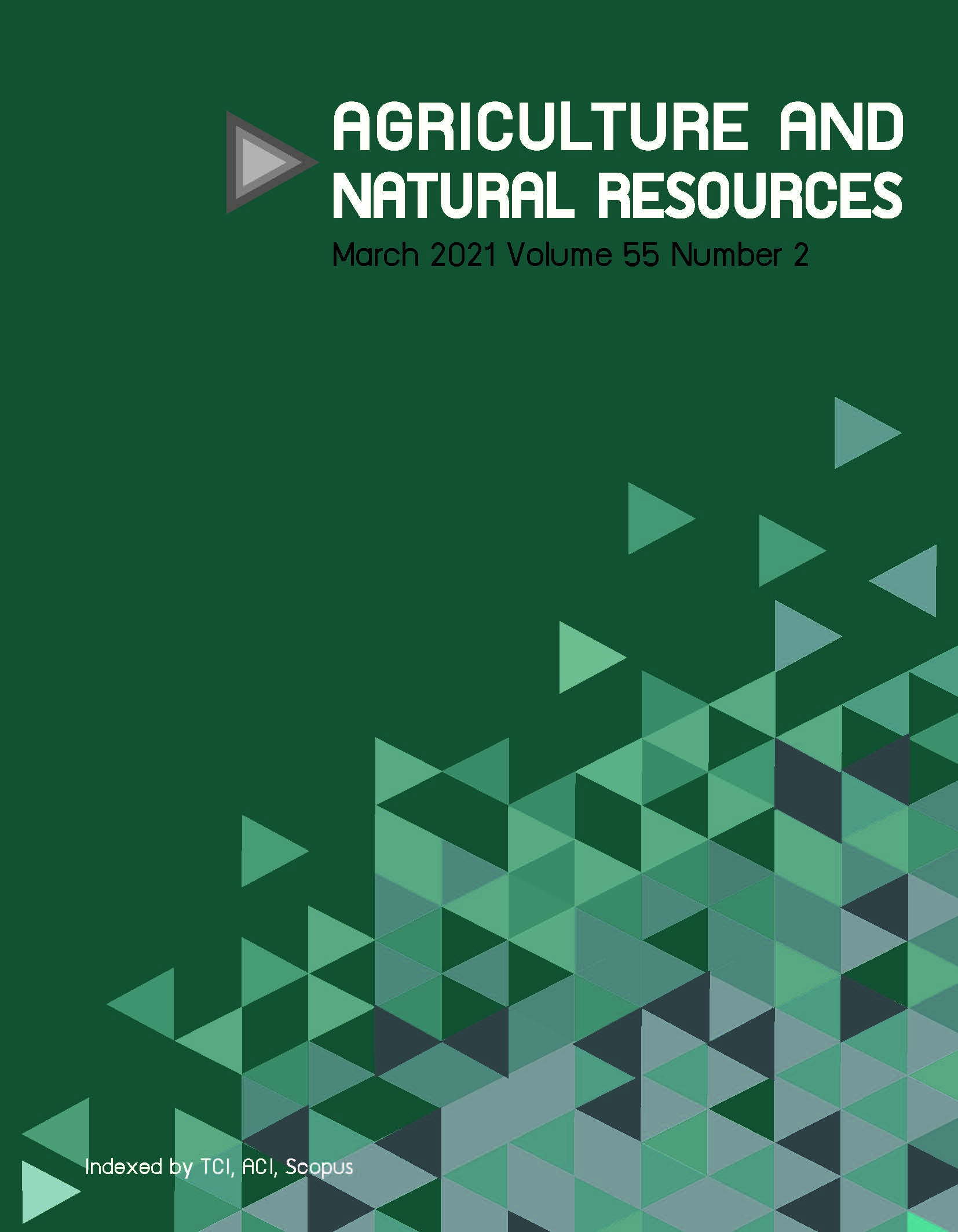Risk identification of post-harvest losses at farm level: A case study of edamame in Indonesia
Keywords:
Edamame, Post-harvest loss, Risk managementAbstract
In Indonesia, the agroindustry, as a part of agribusiness, is a major component of national economic development. In agroindustry, processed edamame is a commodity that contributes substantially to employment and generating income. Currently, edamame is an agroindustrial product with high annual export opportunities to Japan and the USA. However, edamame has a high potential risk of post-harvest loss during supply chain activities. This study identified the post-harvest losses of edamame caused by field activities. Alternatives were investigated to reduce the potential risks of reduced edamame production. Direct survey and departmental interviews using questionnaires were implemented to obtain detailed data. Failure mode and effect analysis, risk priority number and the analytical hierarchy process were used to analyze the data collated for this study. The results indicated that plant pests and diseases (48.08), lack of worker skill in the picking process (38.60), competing wild plants (29.56) and use of pesticides (27.72) were the implicated critical risk factors associated with the post-harvest loss of edamame. Controlling pests and diseases (0.242) was the highest strategic priority to reduce post-harvest loss of edamame.
Downloads
Published
How to Cite
Issue
Section
License

This work is licensed under a Creative Commons Attribution-NonCommercial-NoDerivatives 4.0 International License.
online 2452-316X print 2468-1458/Copyright © 2022. This is an open access article under the CC BY-NC-ND license (http://creativecommons.org/licenses/by-nc-nd/4.0/),
production and hosting by Kasetsart University of Research and Development Institute on behalf of Kasetsart University.







